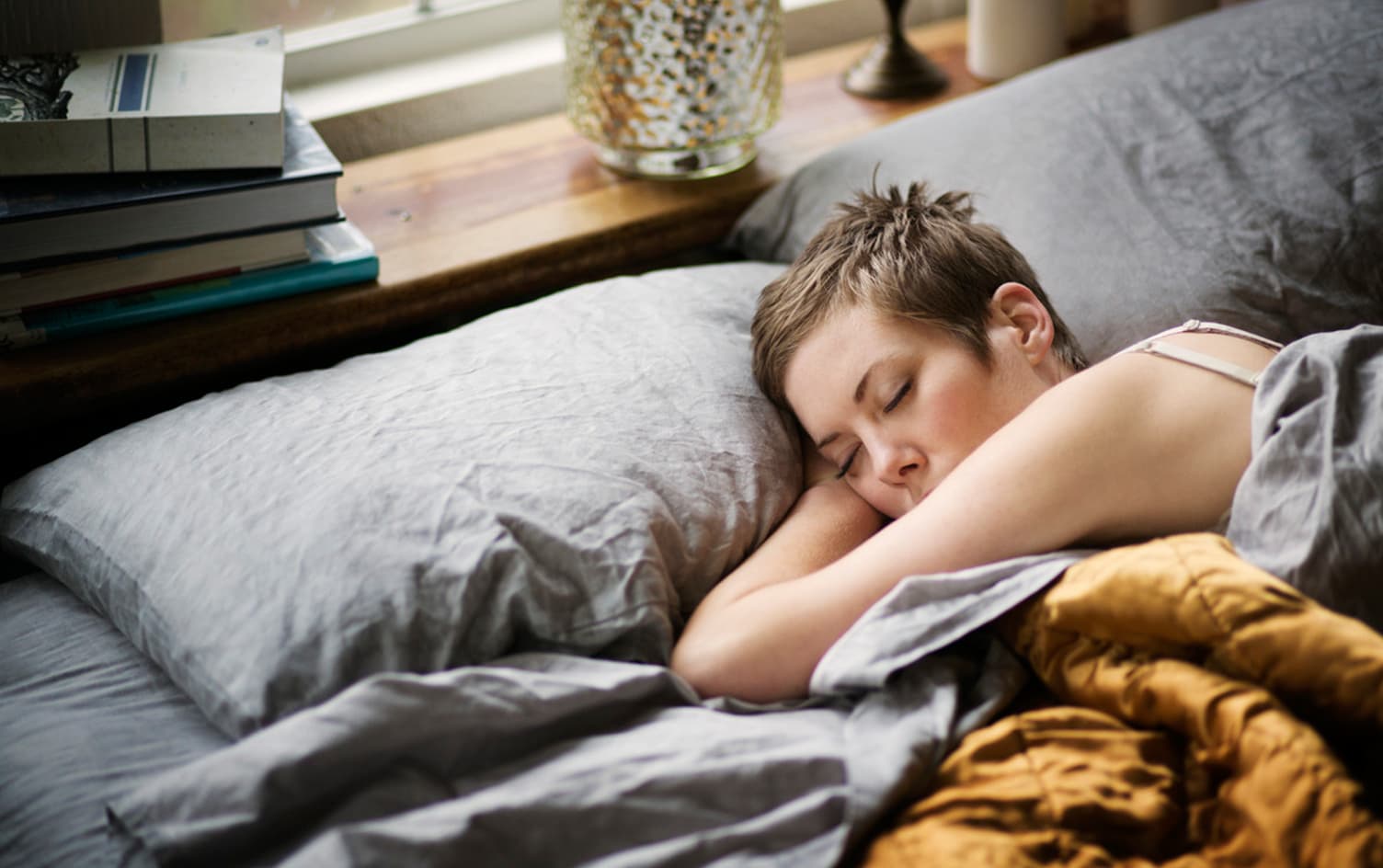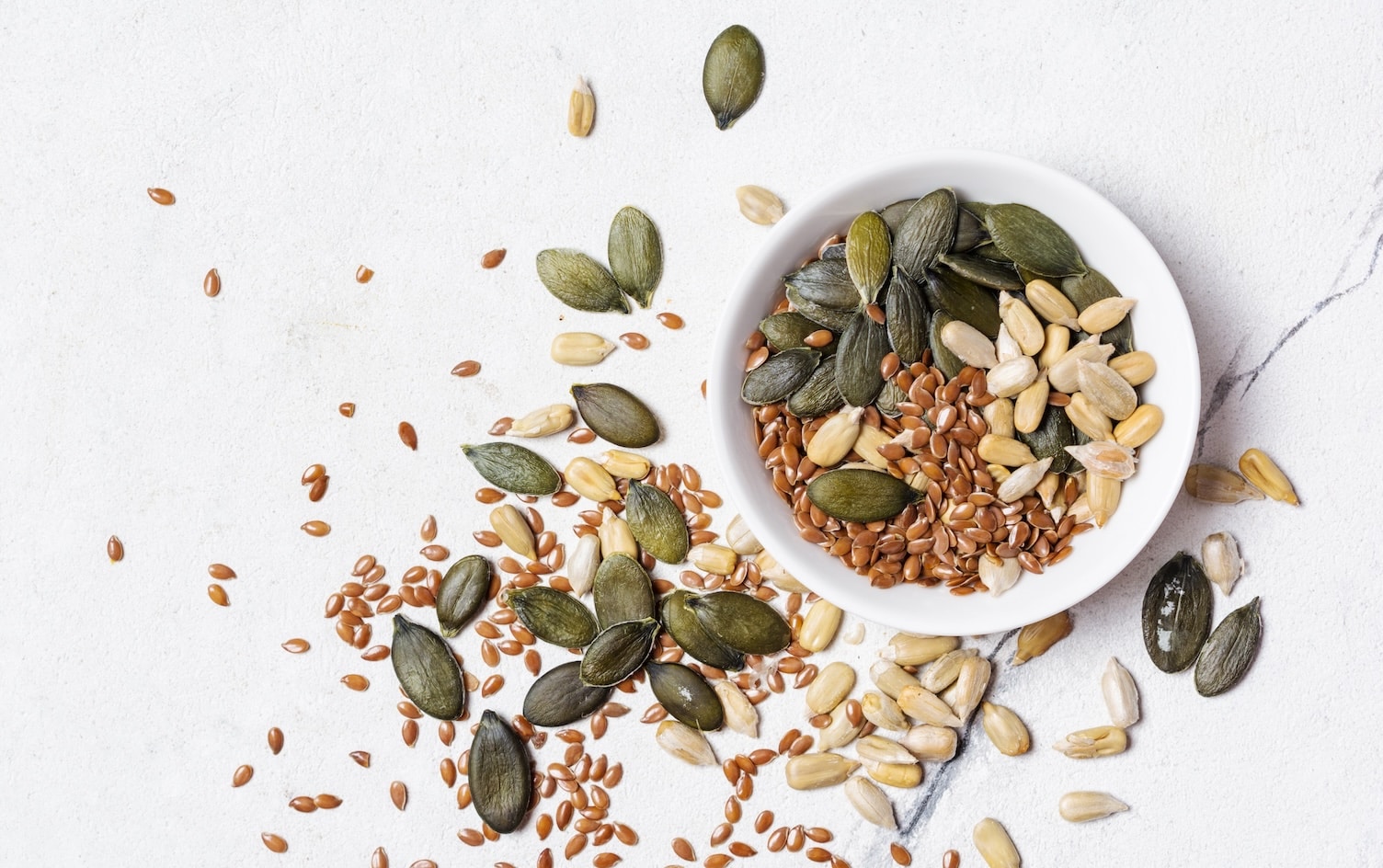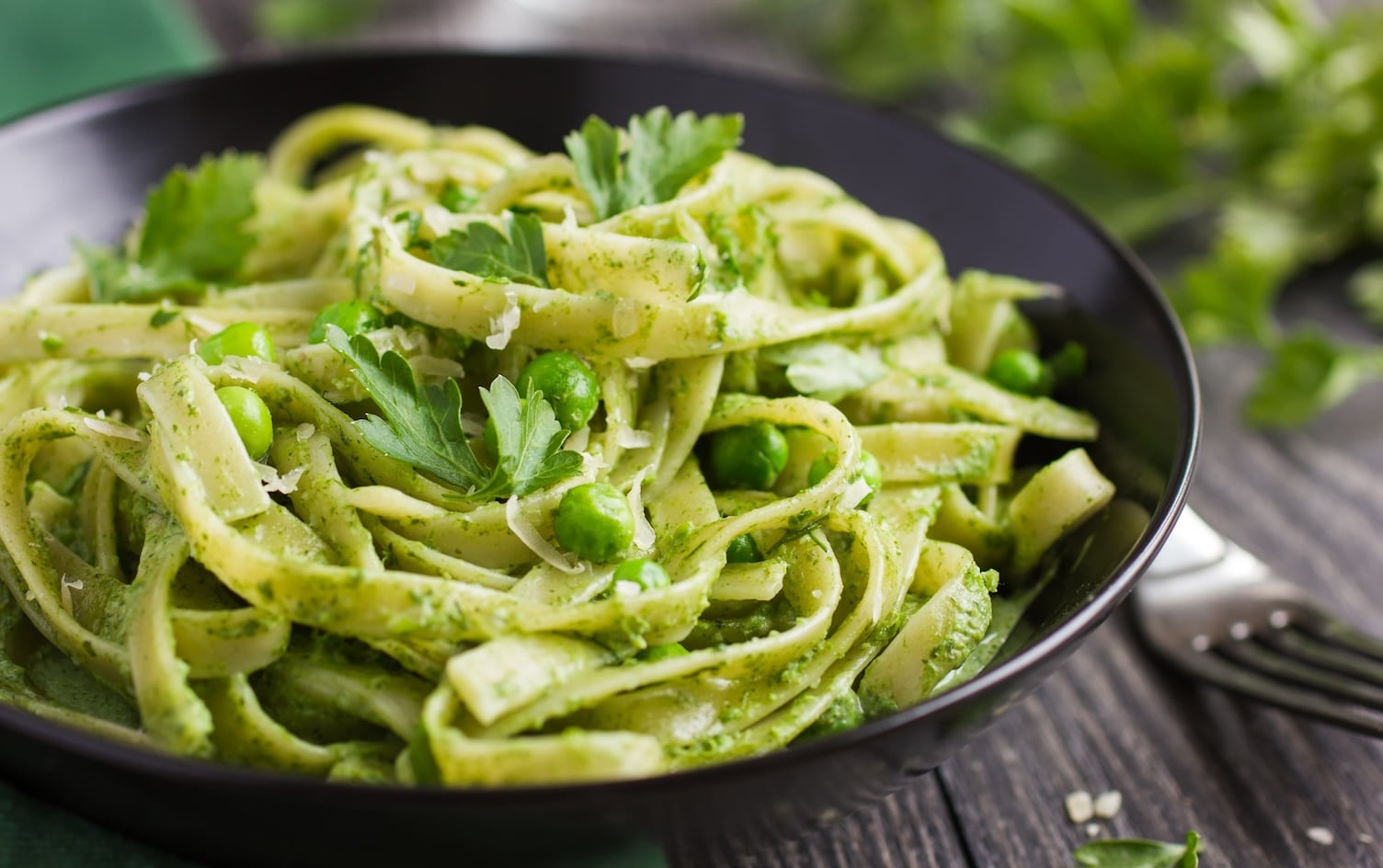A nap is simple. Its history is far more complex. We’re talking a range of anthropological roots, cultural relevancies and functions. But let’s start with the nuts and bolts of what a nap is: a short period of sleep. That we all know.
The question you have: Is there a reason behind the nap?
The short answer: Yes, there is a reason. A number of reasons, actually. The tradition of napping dates back thousands of years, and its role has been shifted and shaped throughout history.
In the beginning, naps just happened. They were used to let people sleep through the hottest part of the day and avoid the sun’s strong rays. It was a matter of conserving energy and a practice of general utility, a case of form following function.
Napping has been part of human culture for centuries. (We’re talking since the Ancient Romans and Greeks, between the 8th and 6th centuries B.C.) The word “siesta” actually has Latin roots of “sexta” and “hora,” which translate to “sixth hour,” or the time of day everyone took a nap. Napping was recorded in Islamic law and written about in the Quran, too. People have been napping for a long, long time.
Spain introduced the two-hour siesta to provide farmers a rest during peak temperatures. Siestas became common in Greece, Italy, Costa Rica, Mexico, Ecuador and Nigeria, places where people get really hot during the day. When climate was no longer an issue, the siesta remained a part of these cultures.
Rather than being part of tradition, napping has been an idea the West likes to flirt with. When benefits like improved mood and alertness were linked with napping, the phenomenon spread. In the rapid-fire business- and fitness-oriented world of 2016, feeling awake is a precious commodity. Finding ways to not only stay awake but also feel energized are highly sought after. This is how napping started to trickle its way into cultures that weren’t ingrained with the traditional siesta.
The nap has gone from a way to beat the heat to a cultural midday time-out to a natural way to reboot the human body to having its own day of the year. (National Napping Day is March 14.) So why has the nap stood the test of time? Utility. Today, scientists continue to conduct studies to identify more benefits of napping. They’ve discovered memory benefits and natural ways to reduce the impact of stress on our brain and body. As long as the nap can be an effective aid for physical and mental health, it won’t be phased out of our culture anytime soon.




